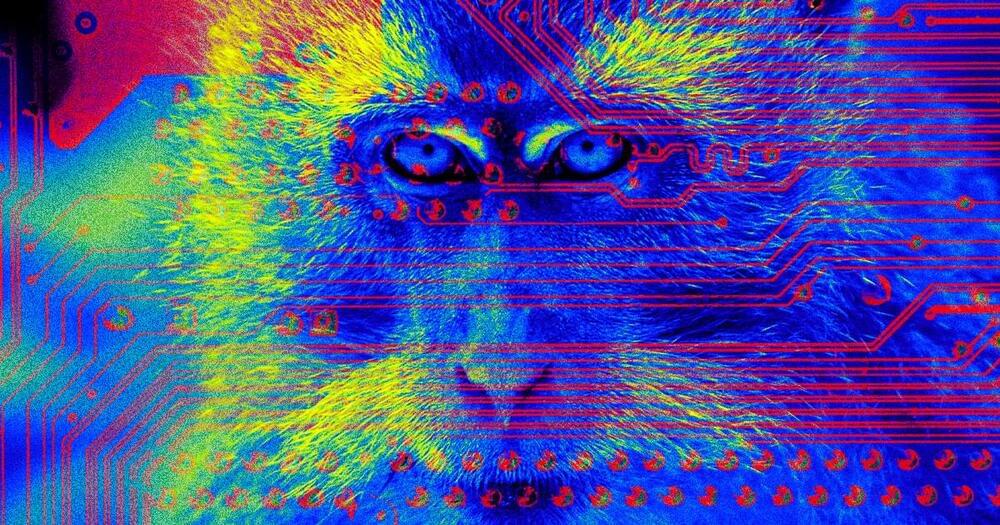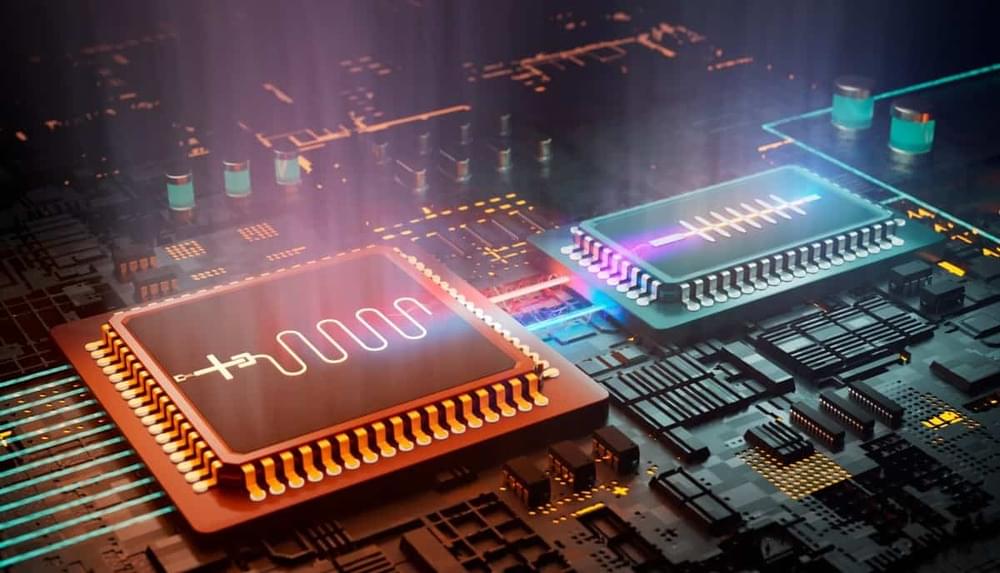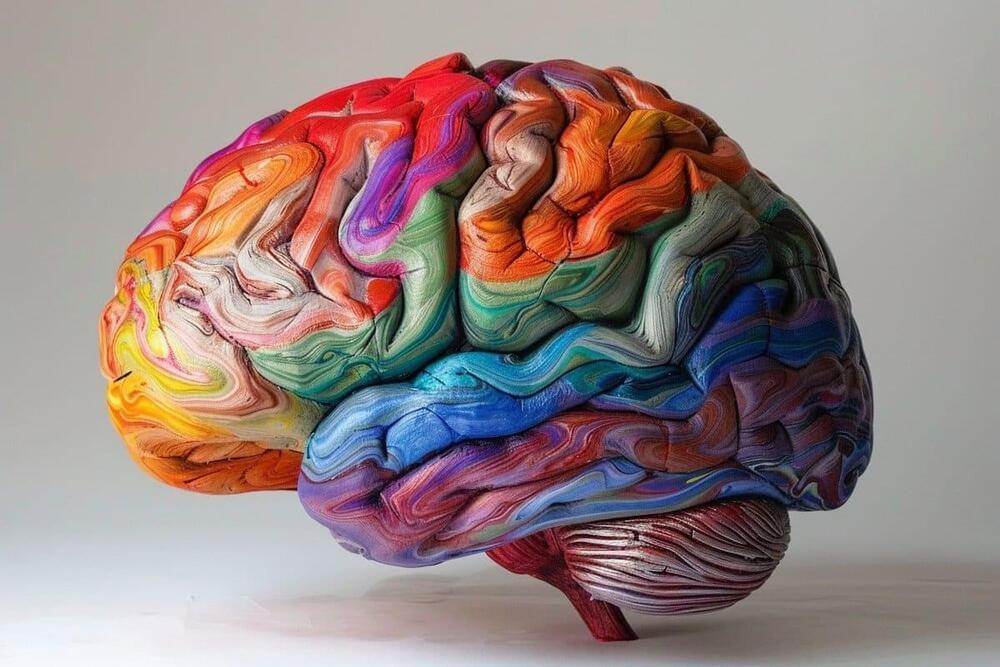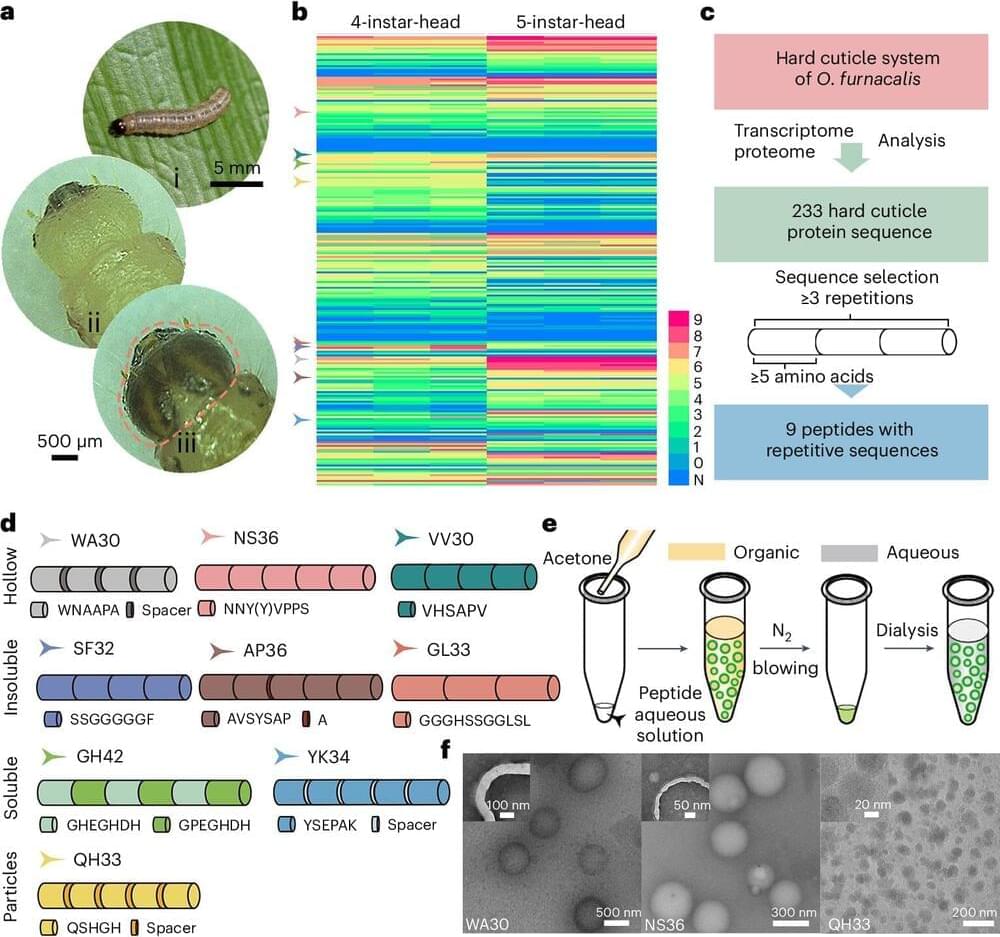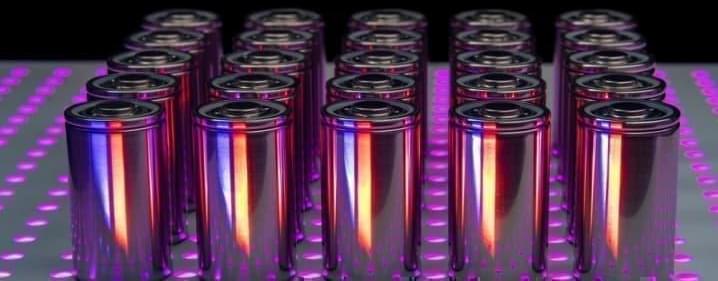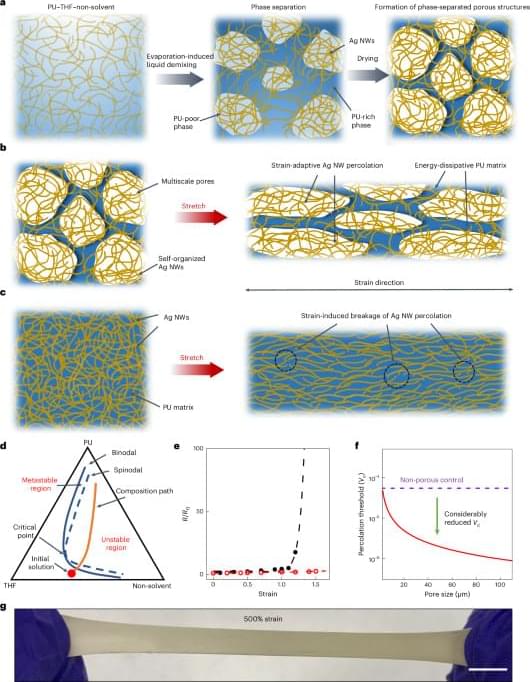Apr 29, 2024
China Shows Off Monkey With Brain Chip Allowing It to Control Robotic Arm
Posted by Shailesh Prasad in categories: Elon Musk, government, neuroscience, robotics/AI
A Chinese company says it’s successfully developed a brain chip and implanted it into a monkey — who can now remotely control a robot arm with the device.
That’s according to state-run news media outfit Xinhua, putting Elon Musk’s startup Neuralink on notice that there will be international as well as domestic competition for his brain-computer interface venture.
The company, Beijing Xinzhida Neurotechnology, which is backed by the Chinese government, unveiled its device, the NeuCyber Array BMI (brain-machine interface) System at a technology convention in Beijing on Thursday, according to Reuters.
